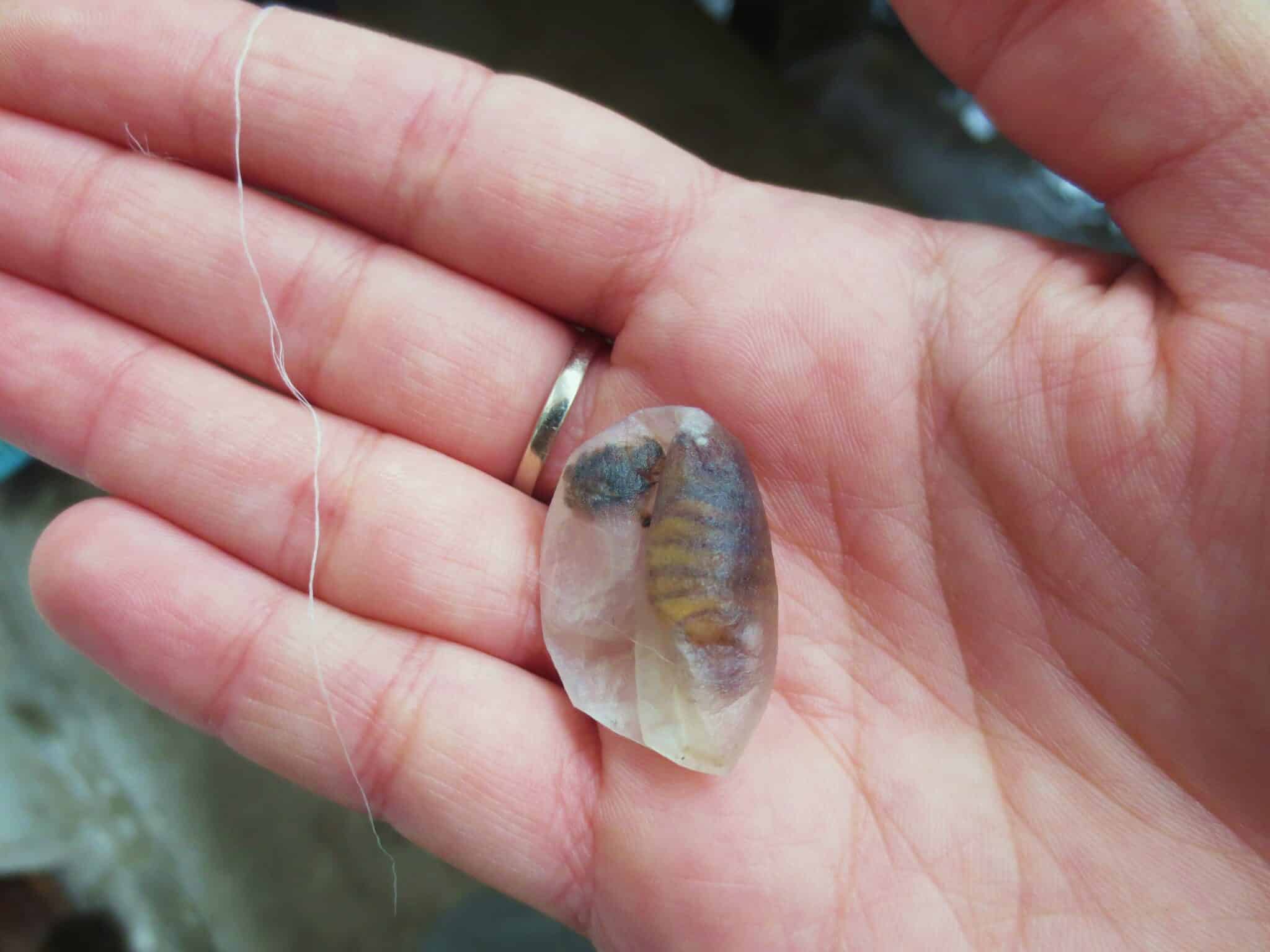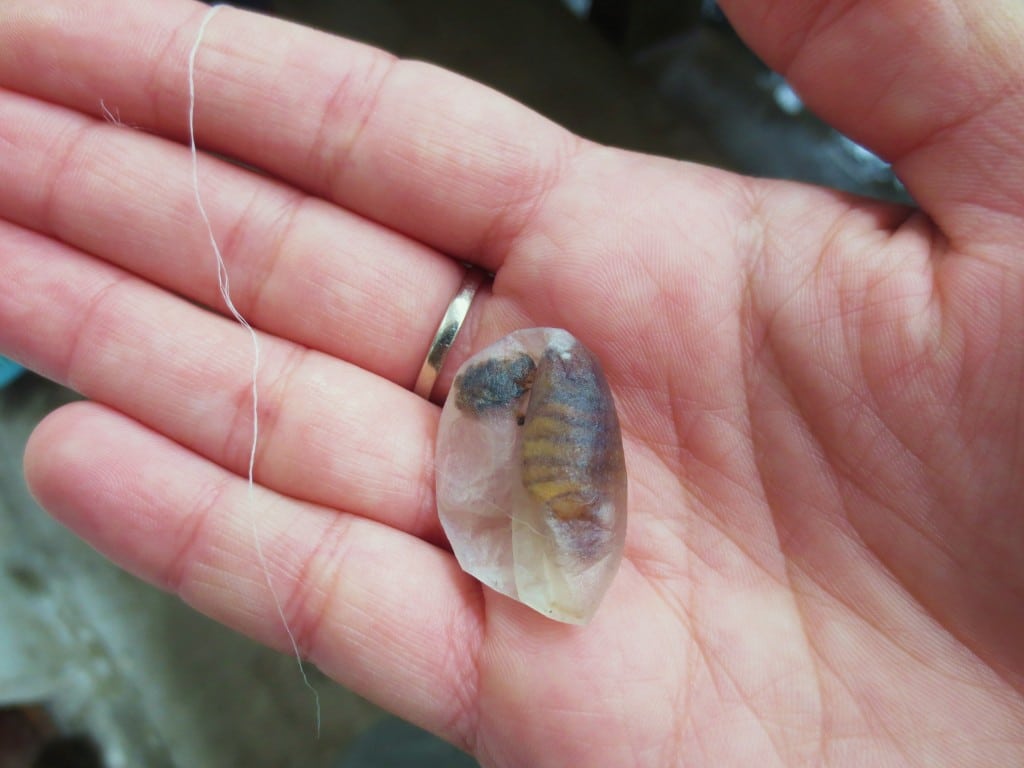When I first moved to Suzhou, the school where I teach English presented me with a beautiful silk scarf. I would soon learn that Suzhou is known for its silk. I began to see lots of different silk products whenever I went out to the old town or walked the streets. As I later learned, the cities of Suzhou, Hangzhou, Huzhou and Shengze are considered China’s four major silk production centers. In particular, Shengze, an ancient water town, enjoys a reputation for distributing silk products throughout the central plains during the Ming Dynasty.
A few weekends ago I had the chance to visit a local silk factory in a nearby village called Wu Jiang. As soon as we arrived, we were greeted by a friendly tour guide who led us around the old parts of the factory, first giving us the history of the as well as the breakdown of the silk process. We were shown hundreds of dried out cocoons that were on display. Mulberry trees (the tree that silk worms primarily feed off of) were planted just outside and our tour guide showed us the different varieties of trees, as well as the silk worm’s life-cycle.
[slideshow_deploy id=’5880′]Walking through the museum and then the actual factory I was blown away by the process. The intricate looms that have been used for centuries, to the modern day ones demonstrated how sophisticated the process from: raising the silk worms, drying the cocoons, extracting the silk, and weaving it to create beautiful clothes, scarves, and other miscellaneous items, was. Our tour concluded with watching up-close how the modern day machines extract silk. I was fascinated by the machines and workers, realizing how many cocoons must be necessary to even make one scarf. Our guide explained that the silk extracted from the inside is much finer than that which is extracted from the outside. I was left to assume that depending on where it is extracted from, different products are made with varying value. What I found great about the process was that nothing goes to waste. After the silk is extracted, the middle larvae (which is dried out before silk is extracted and left in the cocoon) is sent to be ground up and used in traditional Chinese medicine.
At the conclusion of our time at the factory, we thanked our guide for showing us around and went to look at some of the products they had in the store. The whole time I kept wondering where the other people were. Although it was rainy day and technically “off-season” for visitors, no other tourists (local or foreign) were around. We had had the entire factory essentially to ourselves. I enjoyed getting to experience a historic part of Suzhou’s history in such an intimate and local way. It was if I was on my own personal Discovery “How it’s Made” episode. Despite the rain, it was a great way to spend my Saturday (and get some great souvenirs for my family!)



